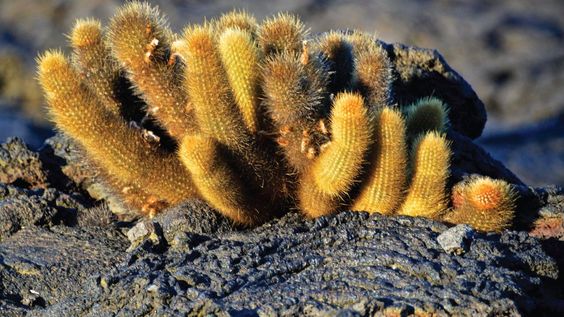Lava cactus, also known as Brachycereus nesioticus, is a unique species of cactus found only in the Galapagos Islands. It is an essential part of the Galapagos ecosystem, as it provides a habitat for a variety of creatures, despite its harsh living conditions.
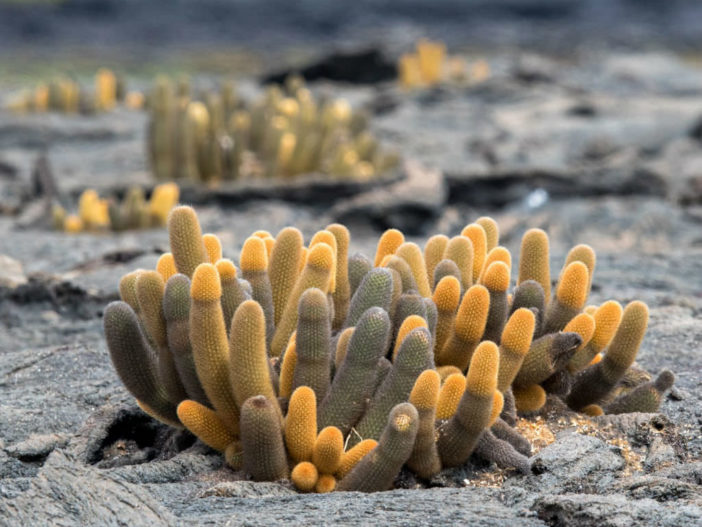
The lava cactus thrives in the barren, volcanic terrain of the Galapagos Islands. It has adapted to this harsh environment by developing a shallow root system, allowing it to absorb water and nutrients from the volcanic rock. Its spiny, cylindrical stems are covered in small, greenish-yellow leaves, which help to reduce water loss through transpiration.
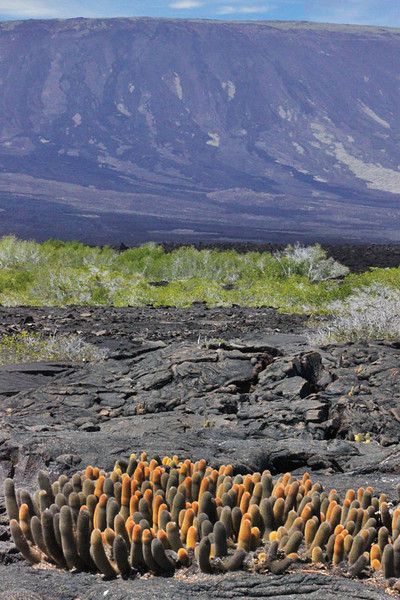
Despite its small size and unassuming appearance, the lava cactus plays a vital role in the Galapagos ecosystem. Its stems provide a source of food for the iguanas and tortoises that inhabit the islands. Its flowers are also an important source of nectar for pollinators, such as bees and butterflies.
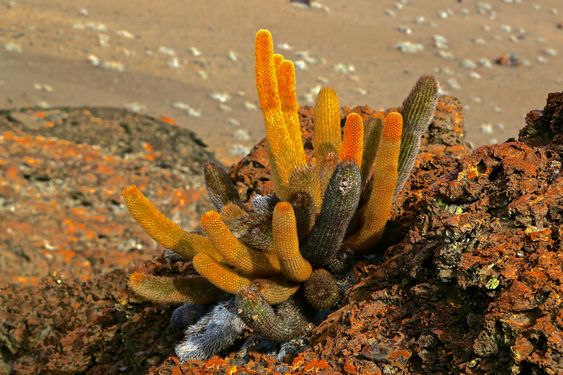
However, the lava cactus is also facing threats to its survival. The introduction of non-native species, such as goats and rats, has had a significant impact on the Galapagos ecosystem, including the lava cactus. These invasive species have caused damage to the lava cactus by eating its stems, leaves, and flowers.
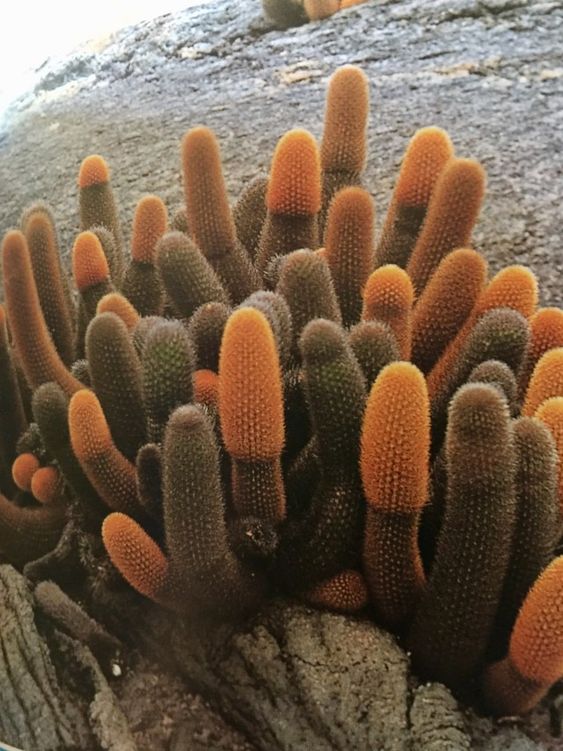
Conservation efforts are currently underway to protect the lava cactus and other unique species of the Galapagos Islands. The Galapagos National Park has implemented measures to control the populations of invasive species and to restore habitats. These efforts are essential to ensure that the lava cactus and other endemic species continue to thrive in their unique island home.
